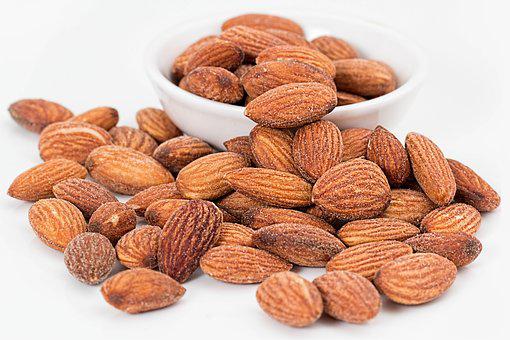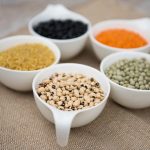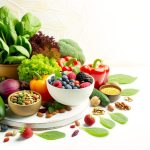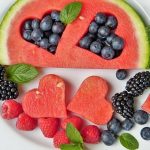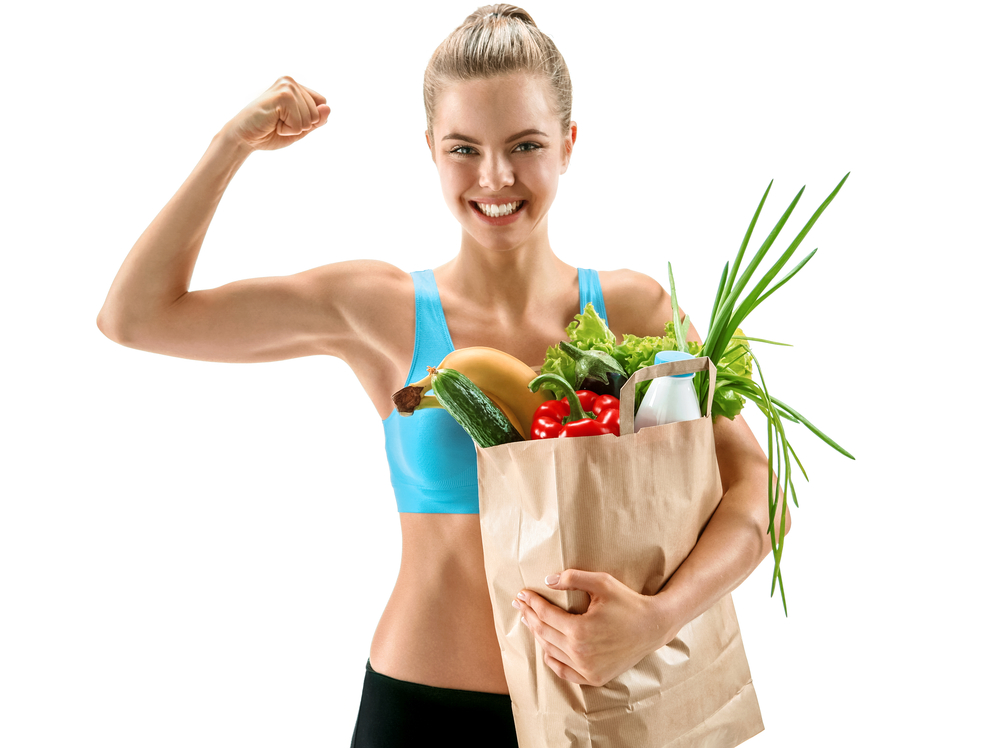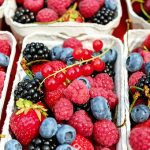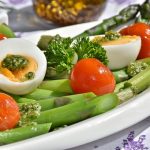Plant-based diets are gaining popularity and are expected to continue to do so. Plant-based foods like cauliflower gnocchi from Trader Joe’s and the Impossible Burger from Burger King are becoming more popular as people’s attitudes about food are changing. But plant power isn’t just hype. There are many benefits to eating a plant-based diet, including improved health and a more sustainable future.
If you’re thinking about transitioning to a plant-based diet, but don’t know where to start, this article is for you. You’ve come to the right place. Here is essential information, answers to questions, and helpful advice on how to get started.
Plant-Based Diet
A plant-based diet is one in which a person obtains the majority of their nutrients from plants rather than animals. There is no single answer to the question of what a vegan diet looks like. Some vegans follow a strictly plant-based diet with no animal products whatsoever, while others allow for limited consumption of dairy or meat.
A plant-based diet typically contains fruits, vegetables, whole grains, legumes, nuts and seeds, herbs, and spices. The idea is that by filling up on these foods, there will be less room for meat, poultry, dairy, and so on.
Common Plant-Based Protein Sources
1. Nuts and Seeds
Nuts and seeds contain protein. Below are some of the highest protein nuts and seeds, along with their approximate grams of protein per ounce.
High Protein Nuts
- Almonds: 6 grams per 1 ounce
- Pistachios: 6 grams per 1 ounce
- Walnuts: 4.3 grams per 1 ounce
- Cashews: 4.3 grams per 1 ounce
High Protein Seeds
- Hemp Seeds: 9 grams per 1 ounce
- Pumpkin Seeds: 9 grams per 1 ounce
- Sunflower Seeds: 5.5 grams per 1 ounce
- Flax Seeds: 5.2 grams per 1 ounce
- Chia Seeds: 4.7 grams per 1 ounce
Our favorite way to use nuts and seeds are in the form of nut and seed butters. We love how versatile they are and how they can be used in so many different recipes.
Here is protein-rich nut recipes to try:
2. Grains
We opt for gluten-free grains when we consume them. Some of the highest protein grains are quinoa, amaranth, and buckwheat. Quinoa has 8 grams of protein per cooked cup, amaranth has 9 grams of protein per cooked cup, and buckwheat has 6 grams of protein per cooked cup.
- Teff: 9.2 grams per cup
- Quinoa: 8 grams per cup
- Wild Rice: 6.5 grams per cup
- Millet: 6.1 grams per cup
- Oats: 5.9 grams per cup
Use 1:1:2 grains to water to salt ratio and simmer your grains with the lid on, adding more water if needed.* If you want to avoid ending up with a mushy pot of grains, use a 1:1:2 grains to water to salt ratio and simmer your grains with the lid on. If you need to, add more water.
Here is a fun grain plant-based protein recipe to try:
3. Beans and Legumes
Beans are a great source of plant-based protein. Proteins with high per-cooked-cup levels include:
- Soybeans: 31 grams per cup
- Lentils: 18 grams per cup
- Split Peas: 16.3 grams per cup
- Pinto Beans: 15.4 grams per cup
- Kidney Beans: 15.3 grams per cup
- Black Beans: 15.2 grams per cup
* Hey, what about chickpeas? We love chickpeas too and they contain a good amount of protein.
Add legumes, such as cooked dried beans, lentils, and split peas to soups, salads, casseroles, and quick breads. A tip for making your diet more nutritious is to include more protein by adding legumes such as cooked dried beans, lentils, and split peas to soups, salads, casseroles, and quick breads
Give this bean-based recipe a whirl:
4. Vegetables
Yes, even vegetables contain small amounts of plant-based protein! Some veggies that have high amounts are:
- Green Peas: 8.5 grams per cooked cup
- Spinach: 5 grams per cooked cup
- Asparagus: 4.3 grams per cooked cup
- Brussel Sprouts: 4 grams per cooked cup
- Broccoli: 3.7 grams per cooked cup

